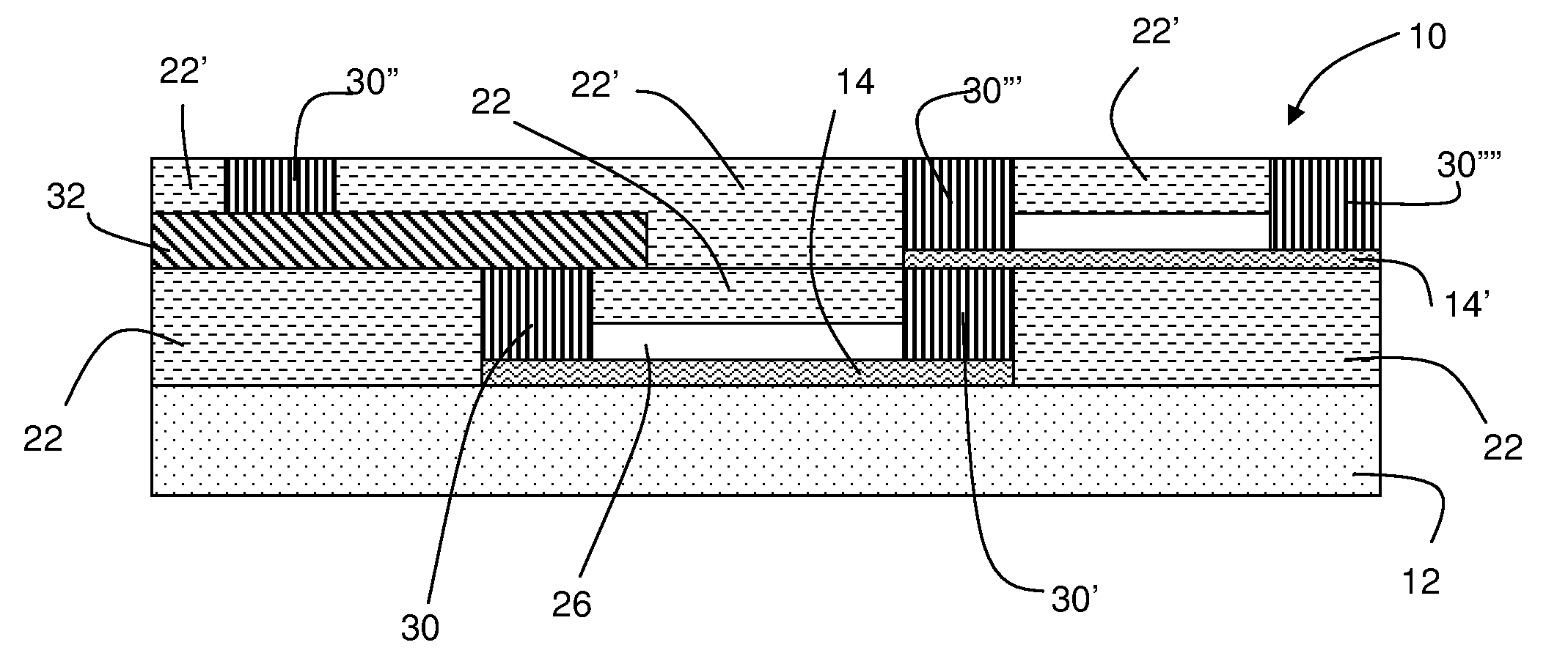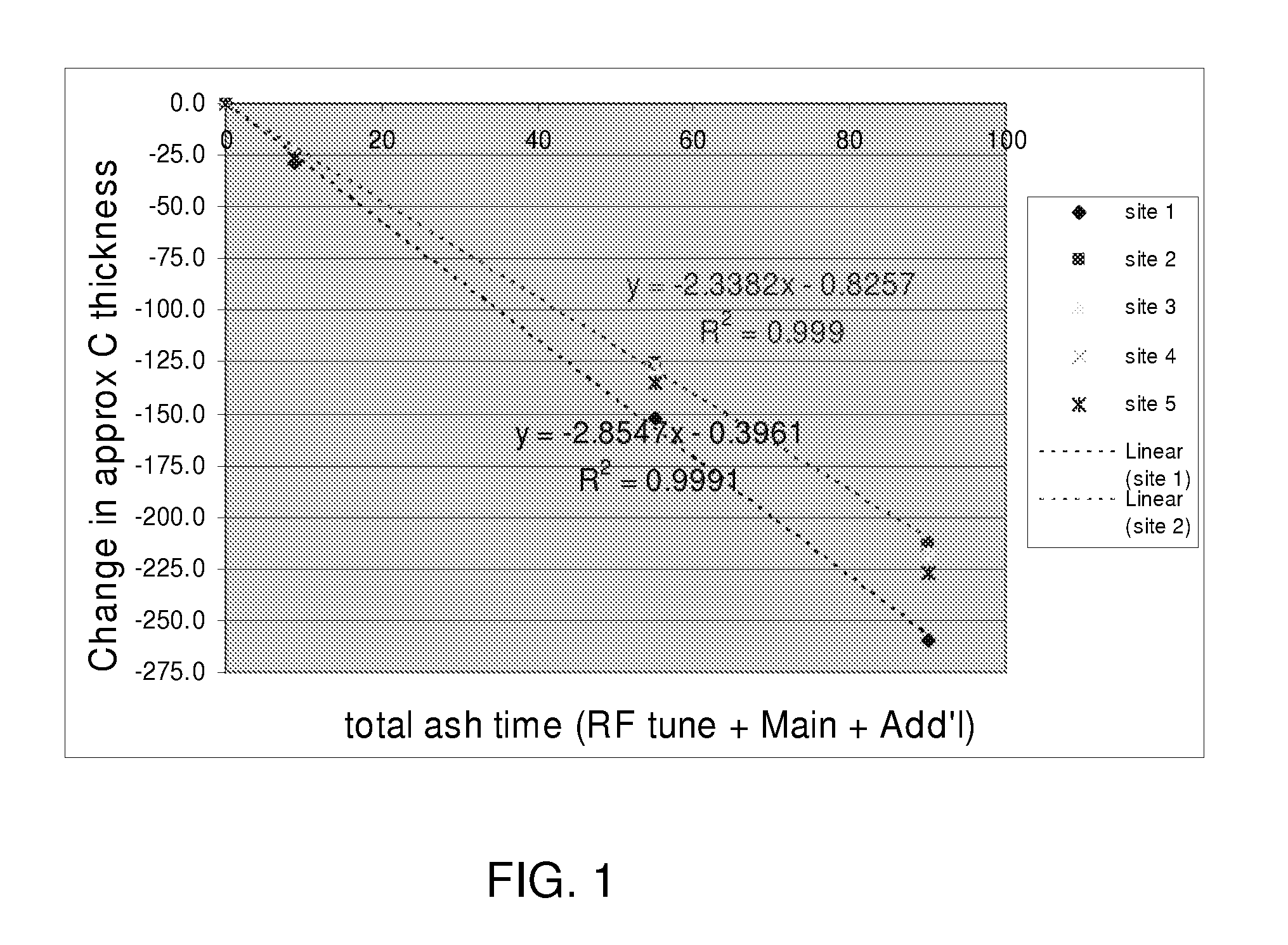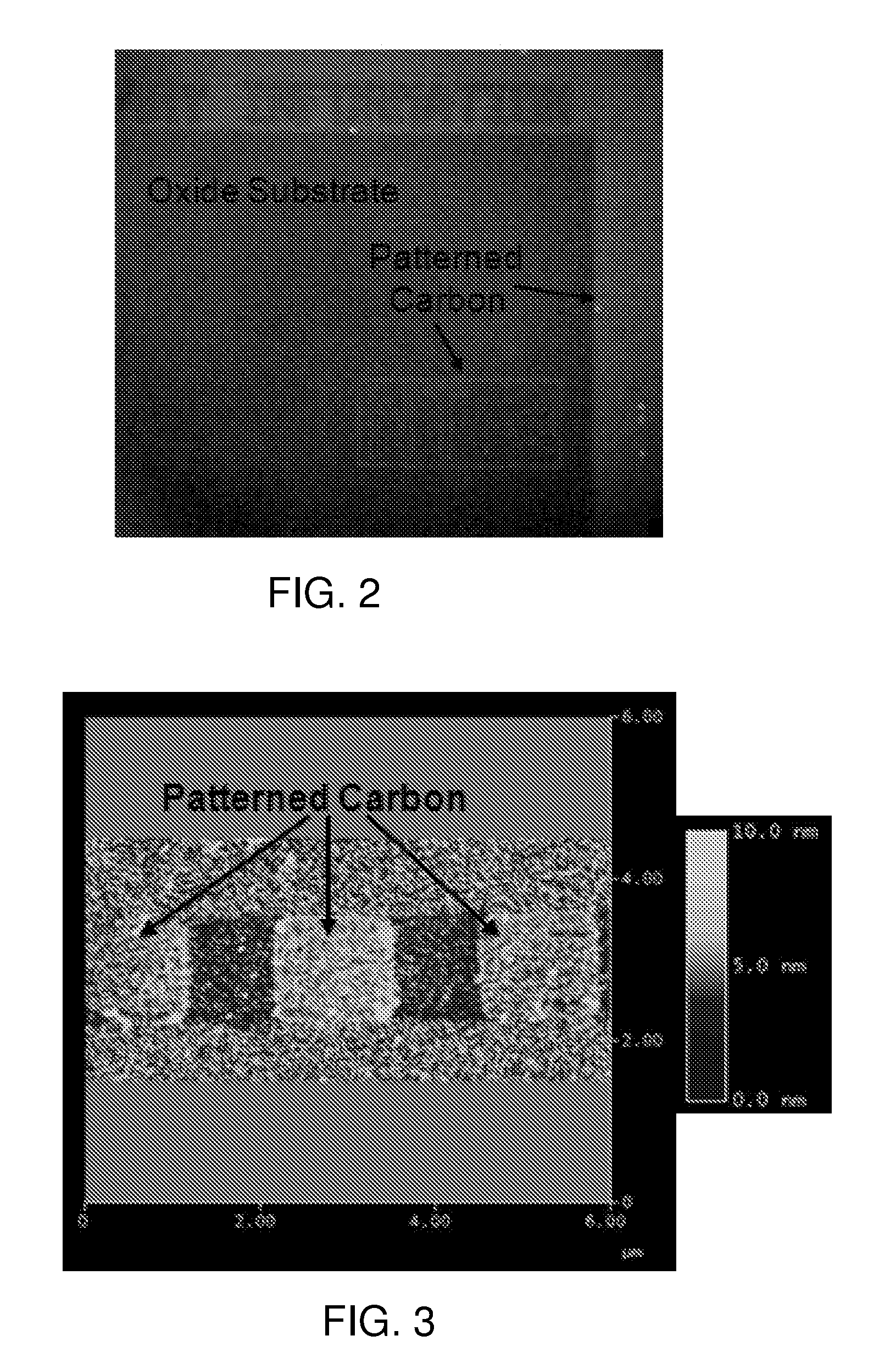Graphene Nanoelectric Device Fabrication
a nano-electronic device and graphene technology, applied in the field of device fabrication, can solve the problems of difficult scaling up for commercial applications, limited technique, and lack of graphene sheets in natur
- Summary
- Abstract
- Description
- Claims
- Application Information
AI Technical Summary
Benefits of technology
Problems solved by technology
Method used
Image
Examples
Embodiment Construction
[0021]In one exemplary embodiment, a dispersion of functionalized graphene in a solvent is prepared and applied as a coating onto a substrate. Exemplary substrates include silicon, thermal oxide, silicon oxide, aluminum oxide, hafnium oxide, silicon nitride, tungsten, tungsten / titanium, aluminum, copper, and other known insulators, semiconductors, or metallic surfaces. Functionalized graphene may be prepared by starting with manufactured graphene fragments. Such graphene fragments are typically prepared by mechanical exfoliation of graphite, and are commercially available. Other techniques may also be used such as opening of carbon nanotubes to form graphene nanoribbons (e.g., in a solution of potassium permanganate and sulfuric acid or by plasma etching of CNT's partially embedded in a polymeric film followed by dissolution of the polymeric film). Another technique to form a graphene based solution is to oxidize High Ordered Pyrolitic Graphite (HOPG) or graphite, which is a known p...
PUM
 Login to View More
Login to View More Abstract
Description
Claims
Application Information
 Login to View More
Login to View More - R&D
- Intellectual Property
- Life Sciences
- Materials
- Tech Scout
- Unparalleled Data Quality
- Higher Quality Content
- 60% Fewer Hallucinations
Browse by: Latest US Patents, China's latest patents, Technical Efficacy Thesaurus, Application Domain, Technology Topic, Popular Technical Reports.
© 2025 PatSnap. All rights reserved.Legal|Privacy policy|Modern Slavery Act Transparency Statement|Sitemap|About US| Contact US: help@patsnap.com



